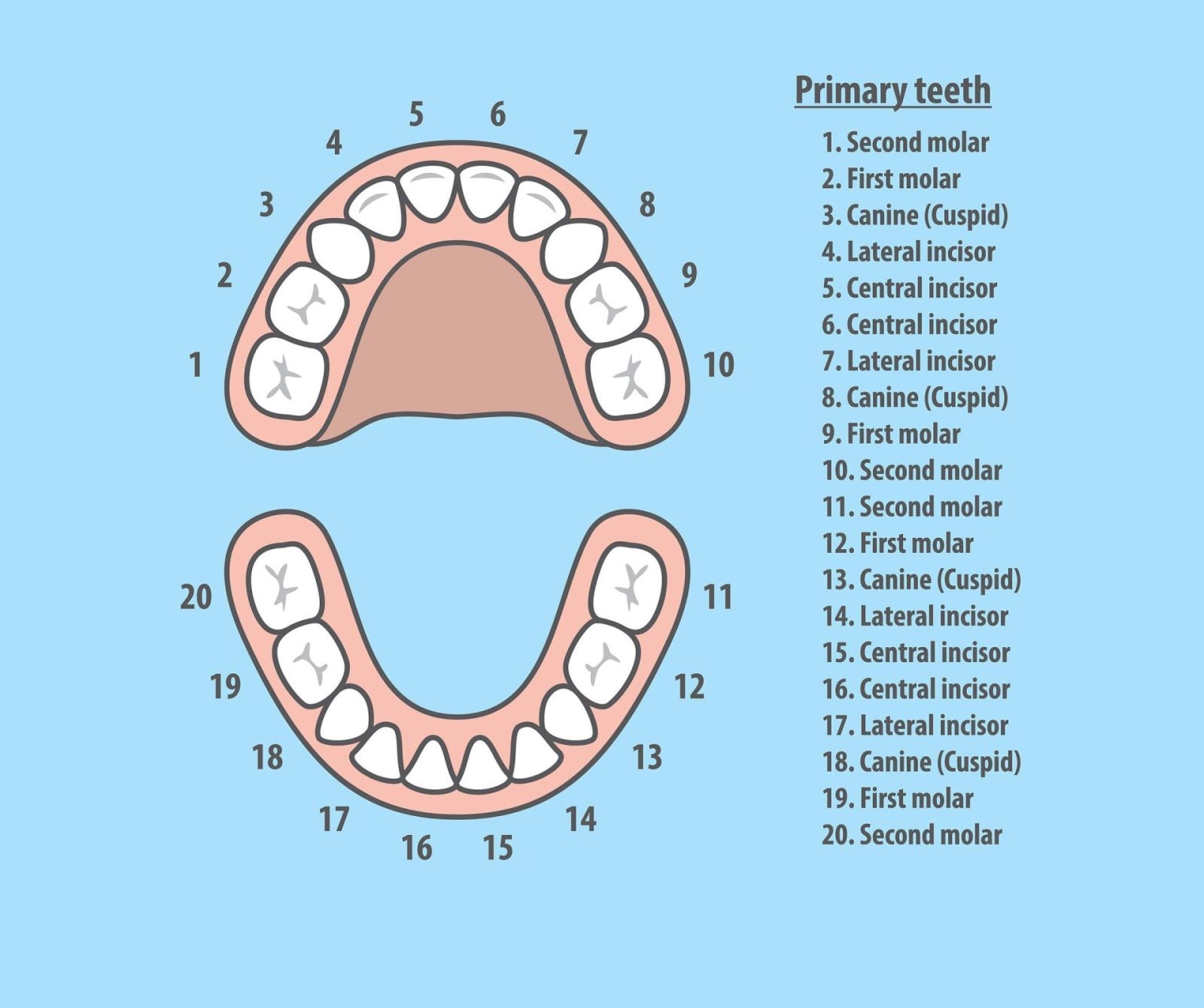Teeth Numbering Chart: A Guide To Understanding Your Mouth

If you’re having trouble figuring out what your dentist or hygienist is talking about when they refer to one of your teeth number chart, here’s the low-down on your tooth numbering chart and what to expect from your dental appointments. This brief guide will help you decode the lingo and provide you with a deeper understanding of what your dentist says during every visit. (and maybe help you pass the time during those long appointments)
The Tooth Numbering Chart
Your teeth can be numbered in the following order:
1. Upper left incisor
2. Upper right incisor
3. Lower left central incisor
4. Lower right central incisor
5. Upper left lateral incisor
6. Upper right lateral incisor
7. Lower left canine (cuspid)
8. Lower right canine (cuspid)
The Different Types Of Teeth
There are four types of teeth in your mouth. There are the incisors, which are the ones that you use for cutting food, and there are molars, which you use to grind food. The premolars are found in between the two and they help break down larger pieces of food into smaller pieces so they can be ground by the molars. Finally, there is a row of teeth at the very back of your mouth called the wisdom teeth that only come in when you’re an adult. These teeth are often impacted or delayed due to the lack of room in the jaw.
A few tips on caring for your teeth:
– Brush with toothpaste twice daily (morning and evening)
– Floss once daily (ideally before bed)
– Eat nutritious foods with low sugar content
How To Read The Tooth Numbering Chart
-The teeth are numbered from the front of the mouth (left) and continue in clockwise order. They start with the upper left molar (1), lower left molar (2), upper right molar (3), and so on.
-The chart is divided into quadrants or quarters. The top row is the front of the mouth or anterior teeth; this includes incisors, canines, premolars, and first molars. The bottom row is posterior teeth; this includes second through fourth molars and wisdom teeth.
-Each row contains one tooth number per tooth in that quadrant.
The Benefits Of Understanding The Tooth Numbering Chart
Dentists and patients alike need to understand the tooth number chart to better diagnose and treat dental problems. Number one on the tooth numbering chart is the incisor, which are flat teeth that have a pointed end. Number two are the canines, or cuspids, which are pointed teeth that have rounded ends. The next numbers on the tooth numbering chart represent premolars, which are also pointed teeth but do not have as sharp of an edge as incisors or canines.
Lastly, molars represent large grinding teeth at the back of your mouth – number twelve on this part of the tooth numbering chart. Molars only have three surfaces (an outer surface with chewing ridges, an inner surface with chewing ridges, and the third surface without any chewing ridges) where food gets ground up before it leaves your mouth. As you know from reading our blog post about understanding the tooth numbering chart, understanding how these teeth are numbered will help you identify where the pain is coming from within your mouth so that you can be treated appropriately by your dentist!
